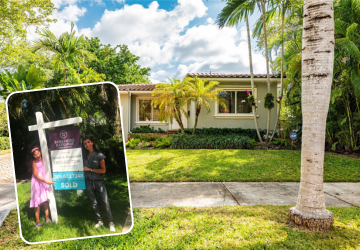{Reading Time: 8 minutes}
Everyone knows well the allure of “The Magic City,” but it’s very important to be well-informed about the particular nuances of buying a home in Miami before starting your real estate search.

While there are countless how-to guides with varying ideas for the best way to buy a home in Miami, one thing remains constant — nothing can replace the personalized support and expertise of a seasoned Miami Realtor.
Some basic advice from our Top Producing team…
Step 1: Choose Your Neighborhood First
When buying a home in Miami, many people will advise you to start with your budget. Certainly, the extensively documented climb in Miami real estate prices makes your buying-power a bigger issue here than in many other cities.
And within Miami, your budget will accommodate vastly different living situations depending on the neighborhood you choose, even for very similar homes.
For example, a 4-bedroom, 3-bath, 2,000 sq. ft. home in Coral Gables can list for $6 million to $17 million, while a quite comparable home in Palmetto Bay might list for $1 million to $2.5 million.
So, what accounts for such a difference in price between two desirable communities?
Residents of Coral Gables relish the city’s cherished fusion of peaceful residential areas, a bustling and vibrant downtown district, and lush green spaces dotted with fountains and sculptures. Educational opportunities here top best-of lists for the state, and the University of Miami calls Coral Gables home. Known as The City Beautiful, Coral Gables in and of itself is a gorgeous and historic “city-within-a-city” with a central location at the heart of Miami-Dade County, making it especially desirable and therefore commanding higher home prices.
For its part, Palmetto Bay prides itself on a lower population density with a more “breathable” layout of single-family homes, open and green spaces in which to enjoy nature, relaxed and casual family-friendly dining and nightlife, and a host of exceptional schools. Its location at the southern end of Miami-Dade County helps maintain its more laid-back, remote feel away from the city bustle. It also means longer commute times to many businesses and to the heart of Miami entertainment and recreation, thus commanding lower home prices.
And these are just 2 of Miami’s many distinct neighborhoods.
With all of this in mind, we suggest starting your Miami home search by defining your ideal lifestyle. This will help us help you make the most of your buying-power by choosing the right location in our extremely diverse city with significantly price-differentiated neighborhoods. While beachfront living sounds universally dreamy, the reality of your day-to-day activities — commuting, getting the kids to school, recreation, shopping, medical needs — should guide how you evaluate which neighborhoods are truly, personally suited to your daily life.
Creating a list of must-haves, nice-to-haves, and deal-breakers helps us identify together the neighborhoods that are the best fit for you, as well as those that aren’t.
Check out our insider’s look at housing options, schools, medical care, recreation, and entertainment in Miami’s most desirable neighborhoods.
We also recommend spending a good amount of time exploring the neighborhoods of most interest to you — but not as a tourist. Talk to residents and business-owners, and patronize the places you expect to utilize on a regular basis (think markets, schools, fitness facilities, restaurants, shops, salons, etc).
We offer neighborhood and city tours if you’d prefer a guided exploration before buying a home in Miami, just ask!
Step 2: Know Your Buying Power — And Leverage It
Once you know which neighborhoods are right for you, you’re ready to match your options to your Miami real estate budget.
Start by signing up for our Free Homebot Custom Monthly Home Valuation Digest, which is chock-full of actionable information about the value and equity of your current home and the many ways you can make the most of that wealth.
In the ultra-competitive Miami real estate market, notably more so than in other cities, Sellers have the luxury of entertaining only the absolute best offers. If you’re in a position to make a cash offer, you will be at the front of the pack.
In fact, in 2024, almost 40% of Miami home sales were cash transactions, considerably higher than the national average. That average has been holding throughout 2025.
Absent a cash offer, a pre-approval is a must-have. Even better, you can get a fully-underwritten pre-approval, which means that the lender completes the underwriting process before you’ve even identified the property. This way, you won’t have to wait for that step after the contract is signed, improving your ability to close quickly. This strengthens your appeal to the Seller when competing against other Buyers.
Make sure to factor in closing costs, escrow fees, property taxes, and even a bit of a cushion for unforeseen expenses.
Our mortgage calculator will help you get an early idea of the real numbers you’ll be dealing with, based on your personal finances, before getting into the serious business of working with a lender.
Step 3: Evaluate the Property — It’s More Than Just Price
A house can appear flawless on the outside, yet have significant problems beneath the surface.
However perfect a home appears, we strongly advise our Buyers — even cash Buyers not required to do so by a lender — to contract a professional inspector to look at big-ticket items, such as the roof, plumbing, HVAC, and general structural elements. We will recommend proven experts we’ve relied upon for decades.
South Florida’s sub-tropical weather makes mold a particular concern. For a more in-depth look at specific issues such as mold, termites, asbestos, or chimney integrity, you’ll want to consider enlisting a specialist, which we can also recommend from our trusted network.
The cost in dollars, time, stress, and personal energy that a good inspector can save you… well, there’s is truly no price you can put on that.
Additionally, you’ll want to consider if repairs and upgrades will ultimately be more expensive and tasking than buying a higher-priced home that needs no work. If it’s strictly a financial issue, that’s the easiest decision to make. If any other factors are relevant, it will take some careful thought. We will provide the caring, trusted advice that our clients have turned to since 2005 to help you make this decision, along with the countless other decisions involved in buying a home and moving to Miami.
A word about a home in perfect condition… Miami has many extraordinary estates that are palatial, opulent, and meticulously maintained. They feature unique aesthetics or period architecture. Lavish amenities are the norm. While these elements are seductive draws that add extra allure for many Miami home buyers, it’s worth remembering that they can also require notable effort and cost to maintain.
Take time to think about the long-term livability of the home you’re considering to make sure it’s a good match for you beyond the initial surface appeal.
Step 4: Appraisal
Once you have the results of the inspection and any necessary Seller concessions have been secured, it’s time to get an appraisal, if you are financing the purchase. Your lender will send an appraiser to ensure that the market value of the home justifies the price.
The appraisal process is pretty straightforward. The entire home appraisal process typically takes a few days to 2 weeks. The lender requests an appraiser, and typically schedules the appraisal within 48 hours. Appraisers measure the home’s interior and exterior. They note the number of rooms, and see if there have been any major upgrades or renovations since the last real estate transaction. The appraiser usually takes photos throughout the house during the walk-through. Homeowners may be present, especially if they still live there.
Buyers can request to be present, but this is not required. Appraisers also factor in comparable recently sold homes, particularly those sharing similar characteristics and geography as the home being appraised.
Step 5: The 800-Pound Gorilla — South Florida Homeowner’s Insurance
It’s also time at this point to secure homeowner’s insurance; if you are not financing the home purchase, you can choose to self-insure.
The cost of insuring a Miami home, particularly the grander homes and those near the water, can be very costly.
We understand, and have experienced with some of our clients, the burden and anxiety of dealing with exorbitant insurance costs. Thanks to our long-standing industry relationships, we have selectively been able to secure lower insurance rates for Buyers facing exorbitant insurance costs. This year, we negotiated a deal-saving rate with a long-time insurance partner, which enabled the Buyer to close on the purchase of their dream luxury home in Pinecrest.
The depth and breadth of our group’s relationships, coupled with our expertise, help you find your perfect Miami home and make the process of making it yours as seamless and straightforward as possible.
Step 6: Walkthrough & Closing
Once your lender gives final approval to proceed with the purchase — and/or your escrows are in place — you’ll be ready for the exciting event of doing the final walkthrough of the just-hours-from-being-yours home, either the day before or the morning of Closing.
This is a formality to assure you that the property is in the same condition as when you purchased it, and to make sure you are fully satisfied before you “sign on the dotted line” and get the keys to your new Miami home.
Are you ready to make your move to Miami? Check out our core services for Miami home Buyers. The Monica Betancourt Group is ready to serve as your Forever Agents, from the very first neighborhood exploration, to crossing the threshold as a new homeowner, and beyond.
We’re always here for you, so get in touch!

